Plex for June 2022, week 1
News and views from around the Plex.

The Biweekly Plex Dispatch is an inter-community newspaper published by Collective Sense Commons on first and third Wednesdays of each month. Price per issue: 1 USD, or your choice of amount (even zero).
In This Issue
- Marketplaces in Western North Carolina
- summer of... lovolution!
- Voice of Humanity in Slovenia
- The Power of Three: Instinctive Intelligence
- Instrumental
- Water and Soil - Engaging with Farmers
- Meta Project: Aligning and Structuring
- Gardenworld Politics
Marketplaces in Western North Carolina
by Kevin Jones
We are moving into wireframe ideation for the two marketplaces we are building in Western North Carolina. One marketplace is a multi-donor donor-advised fund platform for philanthropic investing; venture philanthropy. The other marketplace is an aggregation of the four successful online equity crowdfunding for local businesses.
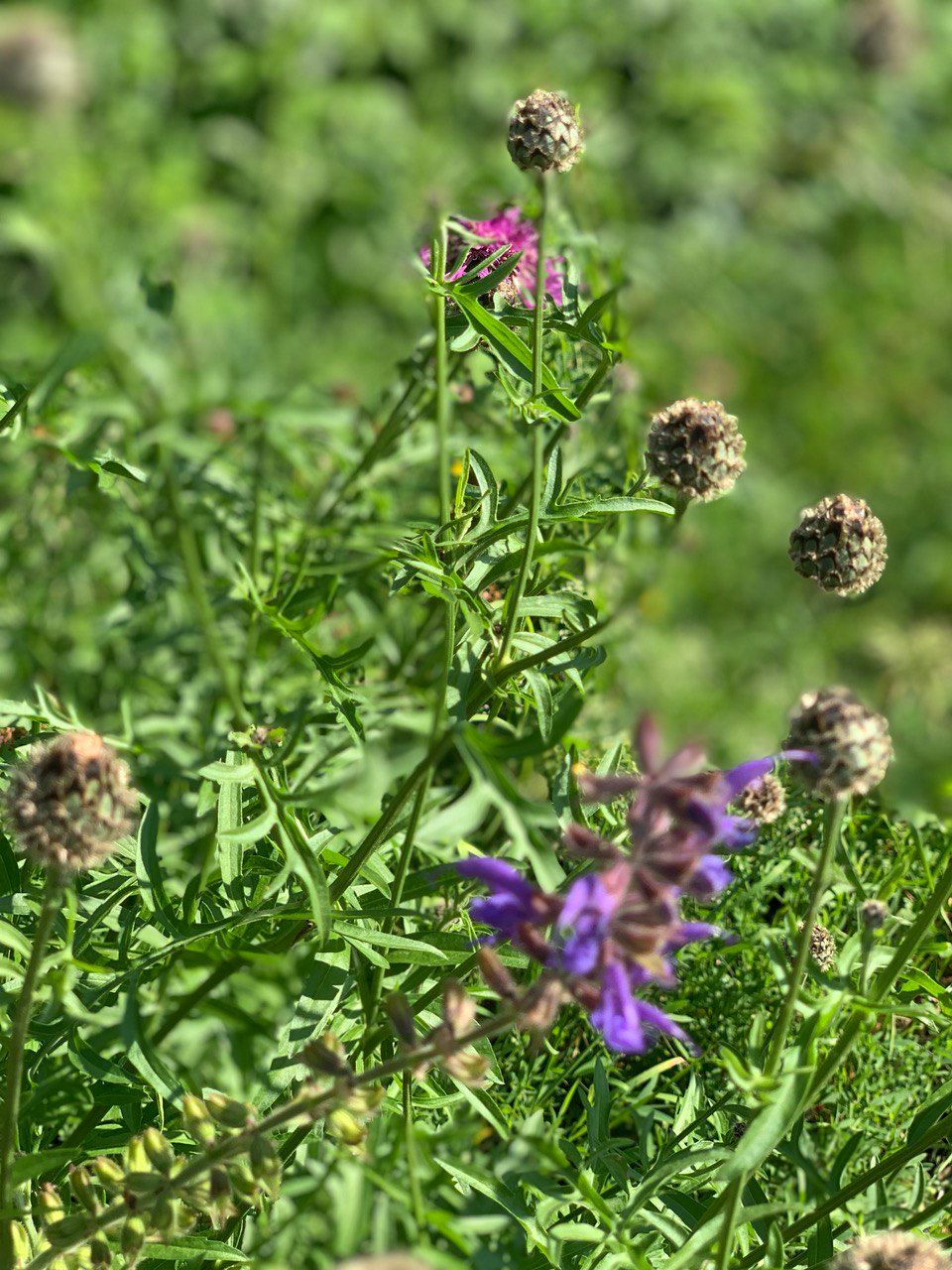
summer of... lovolution!
by charles blass
plexaholics!
entering the heat, the boiling fire, summer of... lovolution!
continuing to map the mappers and mapping spaces, in a spirit of compost... the sequence is fluid, the essences rich, the critters many ... with many legs!
expansion of the #convoflow garden...
in a number of communities, preparing to prototype new ways of gardening in flow, e.g. community research/ oral history initiatives. co-creation, co-curation of living libraries.
also thinking about dashboards and gardens in new ways ... seeing all (communities/ projects/ orgs) through the lens of 'repository'; where and how are your gardens? whether sovereign individual or sovereign group, de facto you have a garden, with many – too many to count – beds, pots, varieties. plenty of weeds, overgrowth, hidden paths to be machete’d, bushwhacked, hacked… and then, dealing with pests, beasts etc. can be downright treacherous. wild is fine; how much danger and adventure do you want in your garden?
maybe peaceful and calm, easy to navigate, are better aspirations, in context of group functionality….🤔🧐🤓
how are you considering or orienting your library?
recent landmark piece by the platform teammate judy mam (referencing the platform toward the conclusion)
https://www.rightclicksave.com/article/nfts-and-the-rebirth-of-the-reader
lately, collaborating with brad degraf on building trust networks, decision services, and compost heaps.
and, an emergent conversation around ‘purpose-driven contracts’ exploring web3 affordances to support tandem structures and impact statements between for-benefit and non-profit companies. more to flow…
here’s an immersion into the sounds and wisdom of sun ra, the annual 'sun radio omniversity' show (pt1) celebrating the arrival of the great one 108 sun cycles ago, on may 22nd. additionally the director of the sun ra arkestra, marshall allen, just turned 98 earth years on may 25, still traveling the spaceways at the helm of the ship! enjoy, space joy!
https://www.lovevolv.org/2022/05/sun-radio-omniversity-2022.html
yours, cb
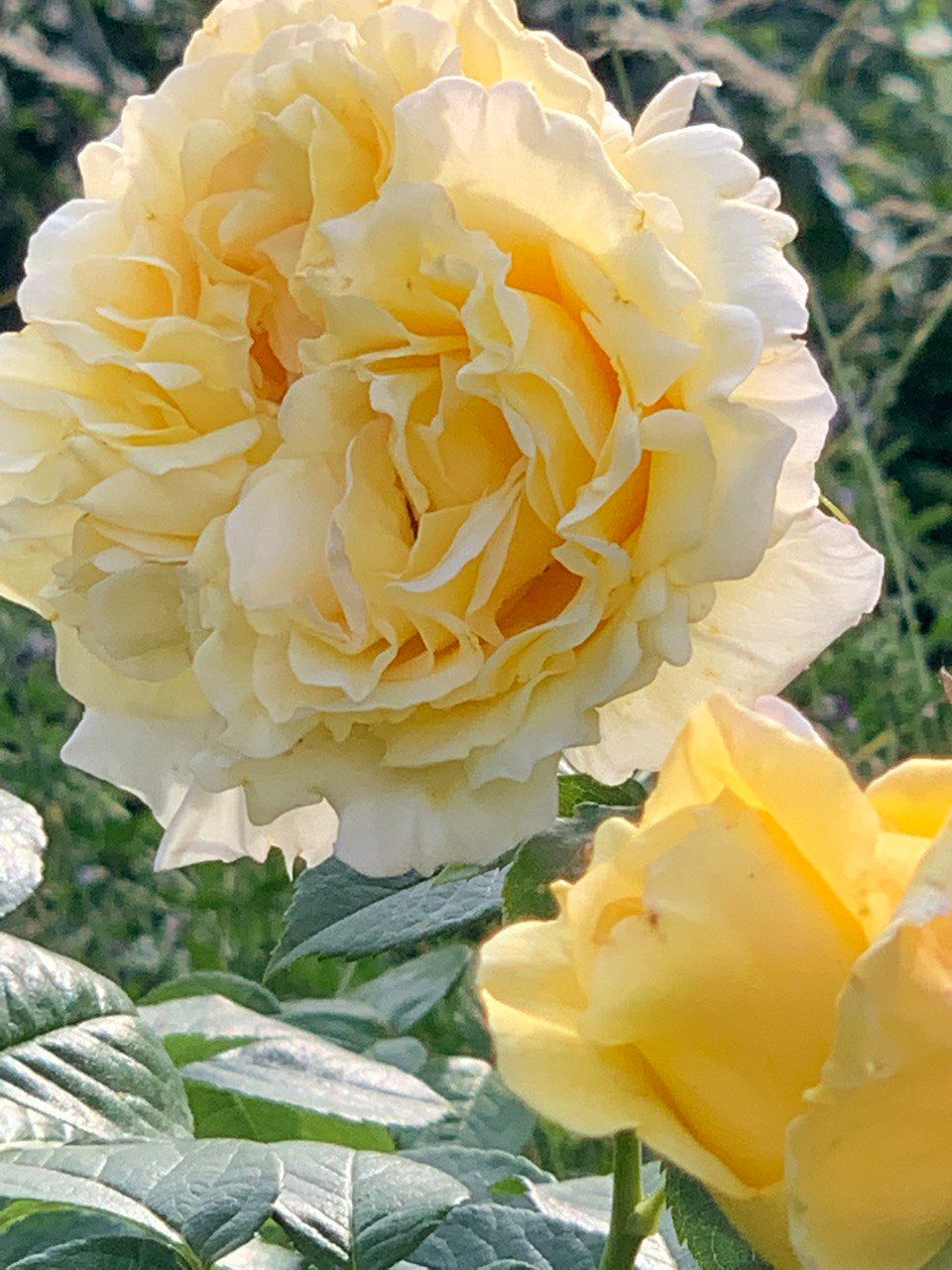
Voice of Humanity in Slovenia
by Grace Rachmany
A discussion over dinner about resource-based economy and the possibility of having Ukrainian refugees retrained for Web3 development in an eco-village setting led to a joyful week of property-hunting in Slovenia with a friend including consumption of extremely local and excellent wine.
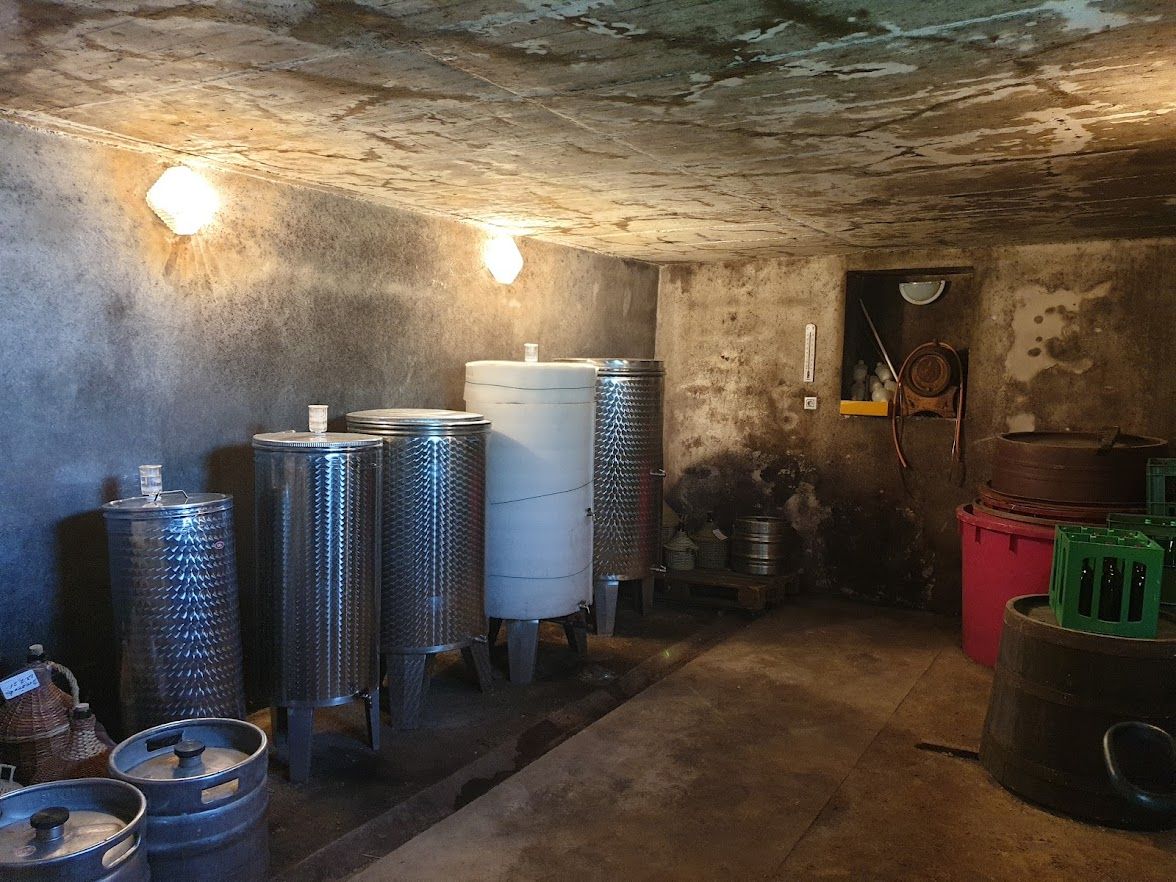

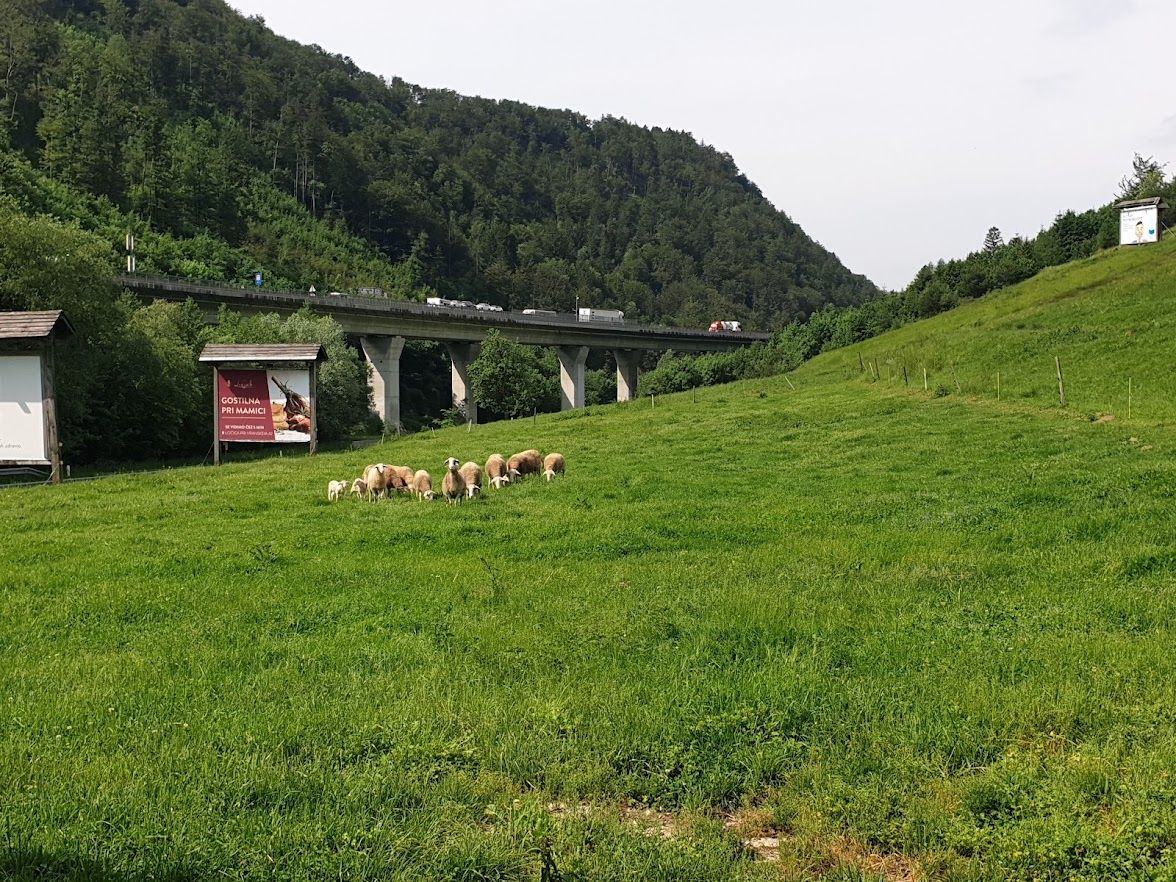
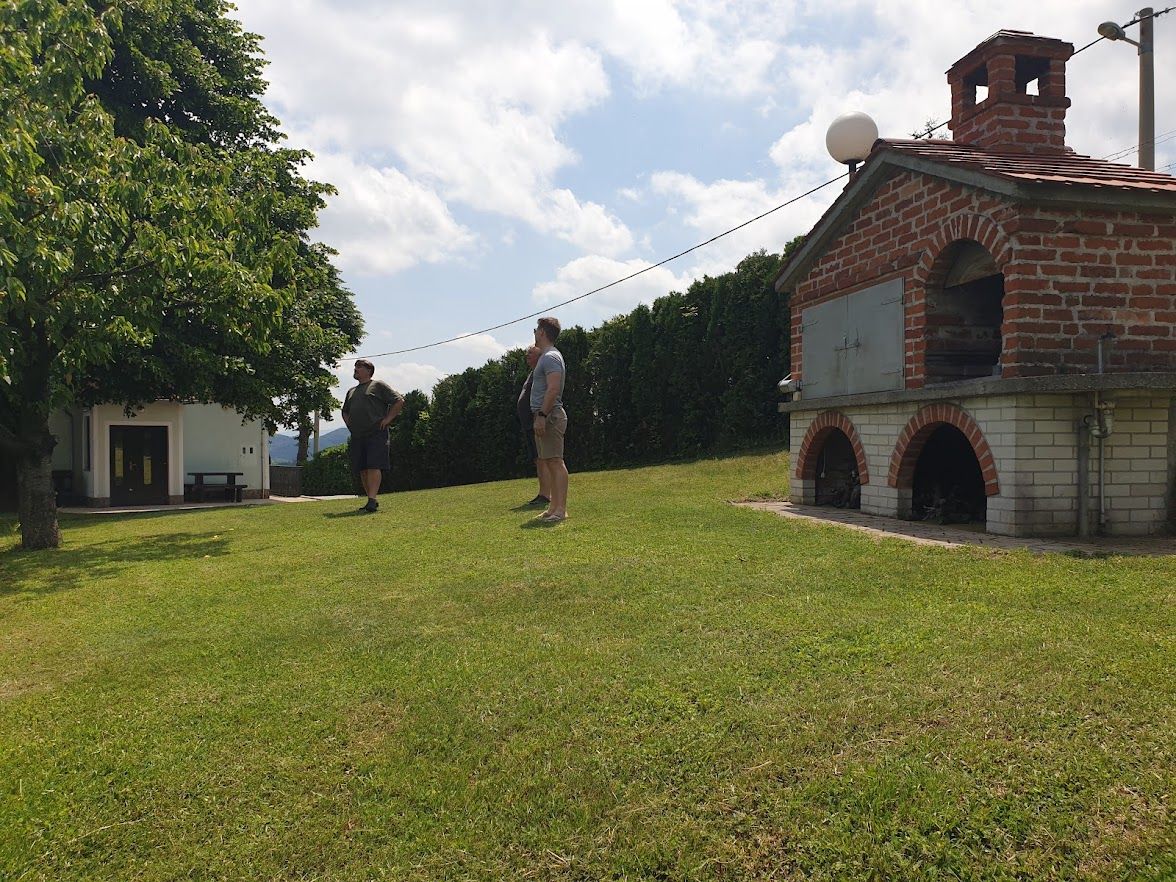
The Power of Three: Instinctive Intelligence
by Ken Homer. An ongoing series about the Power of Three.
In this post we’ll look at how gestural (our first language) and non-verbal cues and messages get transmitted and received in our relationships. These light up the instinctive and deepest parts of our core identity and stimulate somatic intelligence – the body is an astonishingly resonant container with exquisite sensing, intuitive, and sense-making abilities that are centered in the gut or instinctive brain.
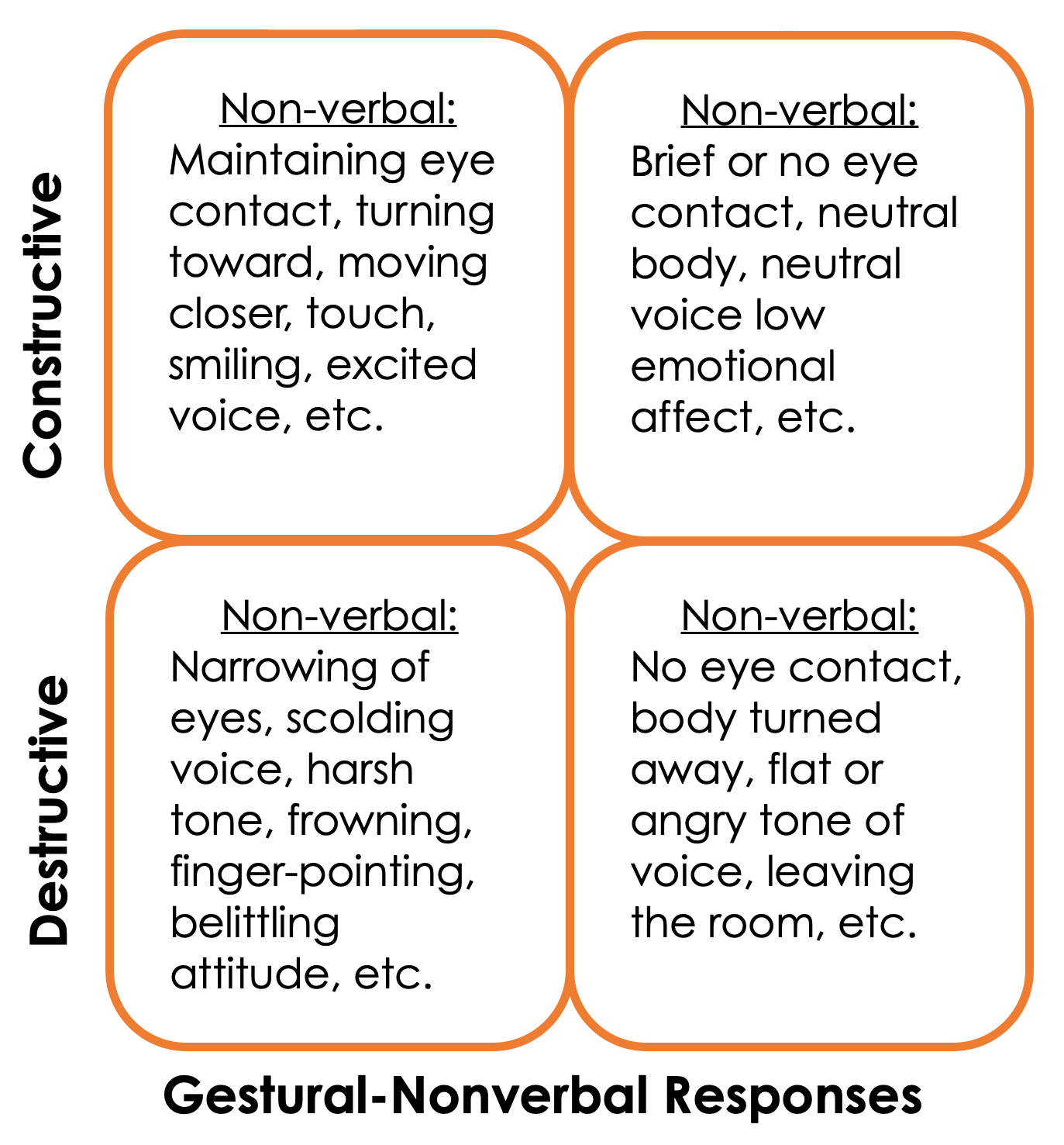
Look at the descriptions listed in this matrix. Most of our non-verbal communication happens outside our awareness. It takes curiosity and effort to focus our attention here. Non-verbally, our active constructive response might include maintaining strong eye contact, leaning forward, smiling and beaming appreciation, putting up our hand for a high-5, or other forms of affirming touch such as a pat on the back or a hug.
Non-verbal communication in the passive constructive response is much less embodied. Our affect would probably remain flat, it’s likely that our bodies would not move very much, we probably will not make eye contact, or if we do, it will be quite brief. Our facial expressions would tend toward neutral, not revealing of much emotion or interest. Tone of voice is likely to be low and somewhat flat.
In an active destructive response, non-verbal cues would be things like a furrowed brow, narrowing of the eyes, frowning or even grimacing. Tone of voice might be harsh, scolding, or condescending. Finger pointing is a definite possibility. If you’re someone who tends to point your finger at others for any reason, know that it’s a socially destructive habit. Not everyone recognizes it consciously, but we all cringe inside when fingers are pointed at us. Finger pointing is the universal gesture of blame and shame, and when you point your finger at someone you are clearly communicating (in a non-verbal way) that they are to blame for something. Abandoning this habit might change your life in ways you can’t begin to fathom. Try it and see for yourself.
Finally, we come to the non-verbal signals when responding in a passive destructive manner. Here we usually find no eye contact and our body will likely be turned away from the speaker. Tone of voice may be flat, contemptuous, demanding, dismissive, or demeaning. If things between parties are especially strained, the listener may even leave the room.
If you want to have a more embodied (head + heart + gut brains) experience of all three coordinate systems at work, gather a couple of friends or colleagues, map out the quadrants on the floor and each of you take a turn sharing some good news while your friends or colleagues rotate through each quadrant and reply to you with the prompts from that quarter. Repeat until everyone has gone through each quadrant and experienced being both the speaker and the listener.
Debrief your experience:
- How was it to speak from each of the quadrants?
- How did the emotional and nonverbal dimensions affect your experience of speaking?
- What discoveries or recognitions arose for you as you spoke all four responses
- What was it like to hear each of these approaches now that you are familiar with the map?
- How did the speaking and listening light up in each of your three brains?
- What did you learn from this? To do? To not do? To try out?
- What else comes to mind?
N.B. If you don’t try this experiment with others you will likely have your strongest level of intelligence centered in the head brain and you’ll miss the added intelligences and dimensionality that come online when you actually do the experiment.
The idea with this matrix is to use it as a map, not a whip. Use it as a guide towards improved interactions. For some people active constructive responding does not come naturally and it will feel awkward. Just as with any new practice, at first it feels strange and unfamiliar and perhaps even a little uncomfortable or forced. Stick with it and use the “fake it till you make it” strategy. With time, it will become easier and will feel more natural. And with time, you’ll see an increase in your Critical Positivity Ratio as your relationships deepen and become more rewarding.
Instrumental
by Ken Homer
A few more pix - this time from a recent excursion to a recording studio where a friend is cutting an album.


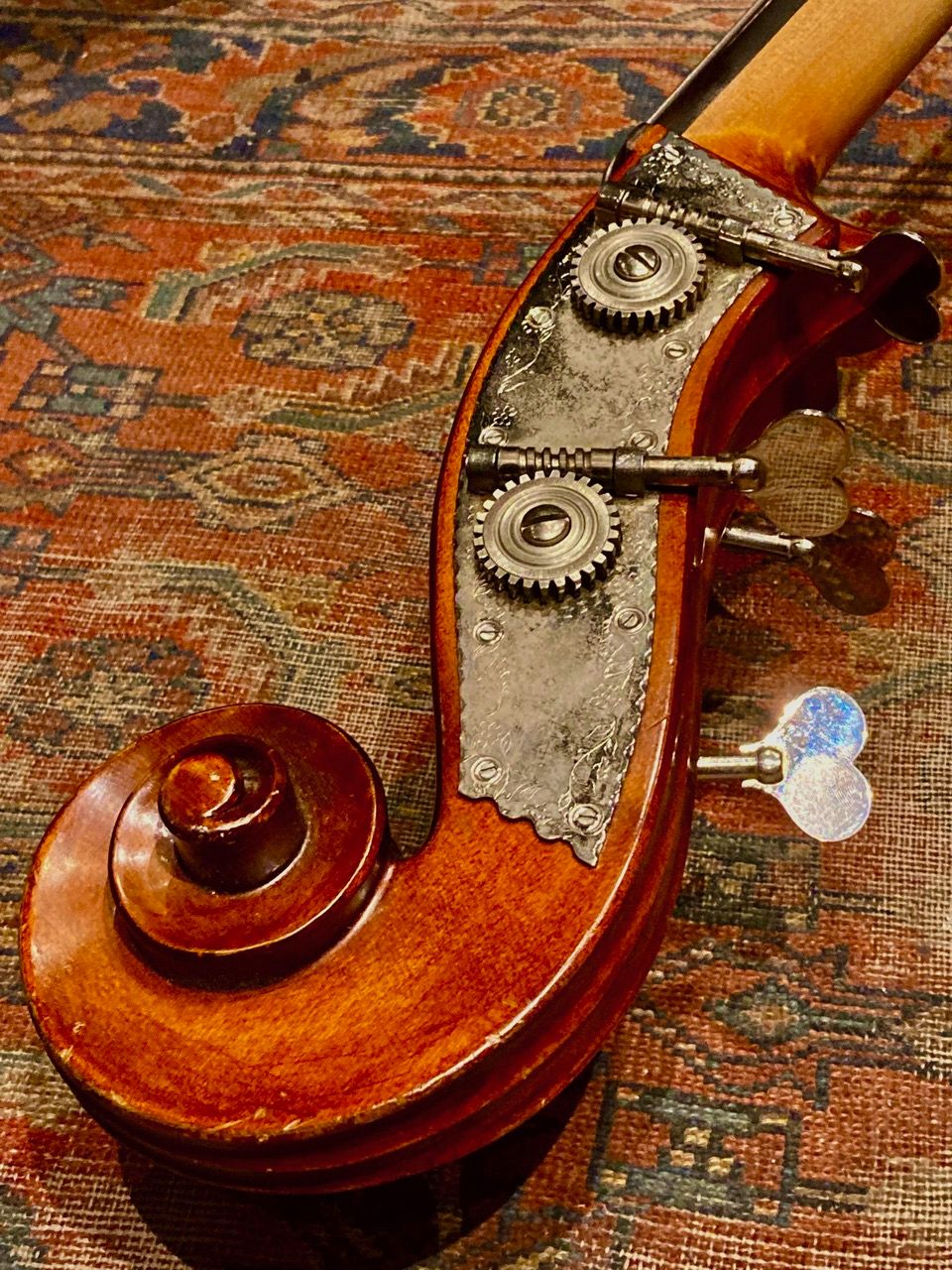
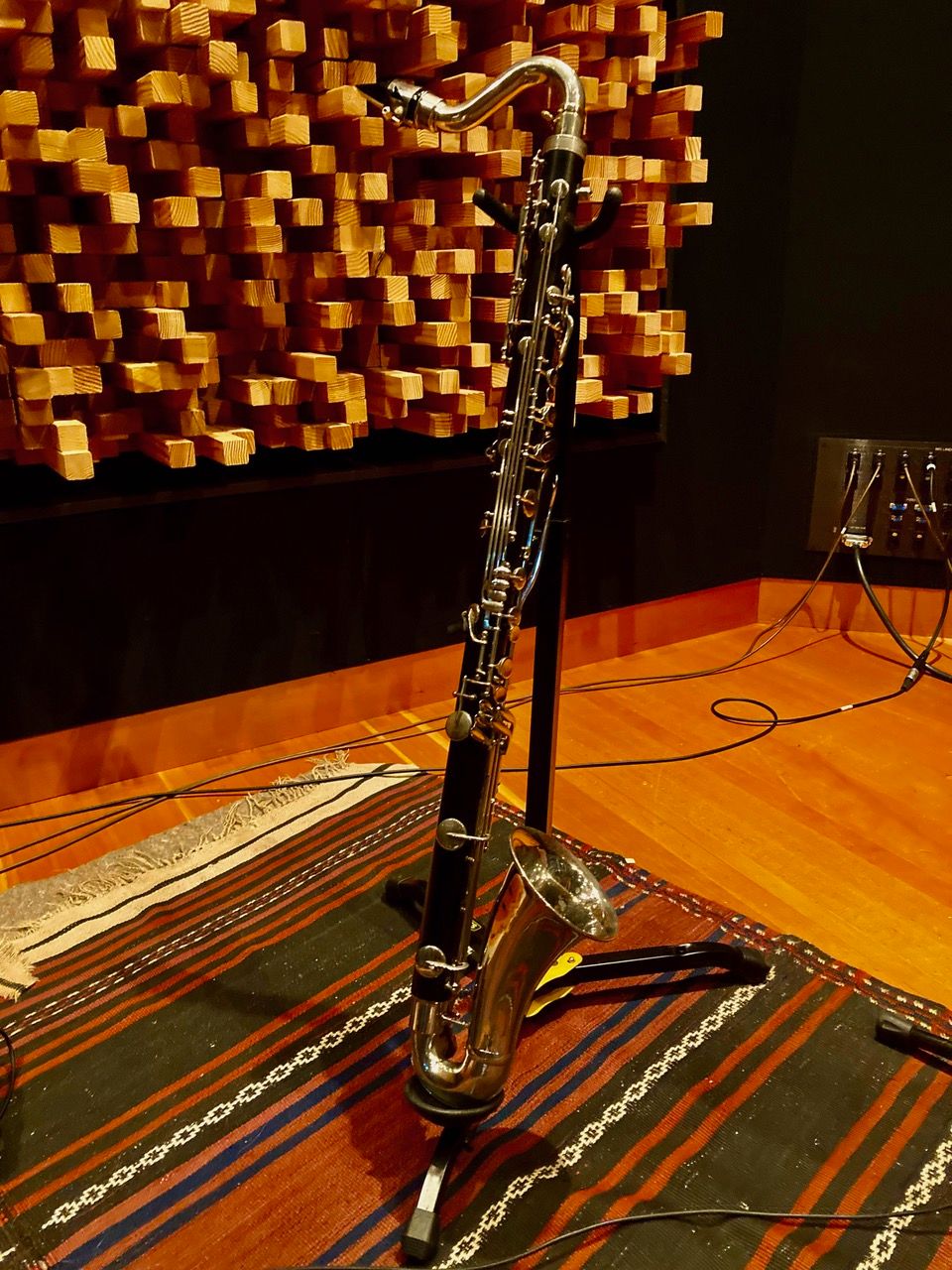
Water and Soil - Engaging with Farmers
Saving the Planet
by Klaus Mager
[Klaus also discussed this on the 2022-05-26 OGM Check in Call (YouTube) – ed.]
Water and Soil are intricately linked; 70% of all water even on a global level is used for agriculture, and those resources have been poorly managed . For example, the US is irrigating nearly 58 million acres of crops, using an estimated 87 million acre-feet of water for irrigation. The water comes from overdrawn aquifers (Ogallala aquifer) and rivers (i.e. the Colorado river). Corn is being grown on land the size of California, and used for animal feed (40%), biofuels (33%), and hydrogenated corn syrup (10%).
The usage of water in the US is alarming and clearly unsustainable. Also a factor is the pollution of water caused by the runoff of nitrogen from synthetic fertilizer and animal manure, phosphorus nutrients, and pesticides used on crops. These enormous amounts of chemicals sprayed on fields do not bind with the soil, and over 50% of it runs off the field and into groundwater, rivers, lakes, and seas, root cause for algal blooms creating dead zones in lakes, rivers, and oceans.
Nitrogen pollution is a growing issue for drinking water, and for the health of aquatic life. Yet the industrial form of agriculture that has evolved over the last decades has destroyed the natural fertility of soil and therefore depends on fossil fuel based chemical inputs.
There are several options to reduce or even eliminate the use of chemicals, all of which require adaptations most commonly referred to as regenerative agriculture.
“Regenerative Agriculture” describes farming and grazing practices that, among other benefits, reverse climate change by rebuilding soil organic matter and restoring degraded soil biodiversity – resulting in both carbon drawdown and improving the water cycle.
These adaptations need to be customized at farm level, considering types and condition of soil, access to water, local climates, and socioeconomic realities. They require funding to pay for expertise, changes in types of equipment, temporary loss of yields and access to markets.
The US government has developed a range of programs mostly embedded in the Conservation Programs portion of the farm bill to pay farmers for specific actions. Program examples are Pollinator protection (CRP), Biodiversity (CSP), Watershed Repair (EQIP), Soil Organic Matter. Other sources of funding must come from State and Local sources.
The challenge is to combine these programs into a farm specific, statistical modeling based approach that seeks as an outcome an increase in soil carbon and soil organic matter. Farmers operate within a complex system, with multiple components that affect the behavior and growth of plants. With so many factors in play, any change in how farmers manage their land can present multiple what-ifs. The Conservation Stewardship Program embedded in the farm bill may be most suitable to support this approach, and there are a host of non-profit and for-profit groups engaged in this space as well.
We need a discussion to focus on community based initiatives that support our local farmers of all sizes and types of crops to shift into regenerative practices that restore soil back to health, repair watersheds and increase biodiversity. It requires engaged citizens seeking practical examples how to help farmers gain the support they need to apply for funding and access to resources. Food and food security is fast becoming a real issue for all of us.

Meta Project: Aligning and Structuring
by Jordan Sukut
Hello friends and allies,
We are making great progress… and looking forward to all that is next.
We made it through our initial 6 week experiment, and are now moving into longer term organizing, structuring, and federating.
To respect different schedules and desires to connect, we have updated our weekly schedule for Wednesdays (times are PT):
12:20 – 12:30 – Coffee and Community
12:30 – 12:35 – Silent Meditation & Prayer
12:35 – 2:00 – Community Meeting
2:00 – 2:30 – Meeting Retro, and Next Steps For the Week
If you cannot join the Wednesday meetings, but would like to be on a weekly call, please let me know at J@Lionsberg.org. We are intending to open up another weekly time slot in addition to the Wednesday 12:30 PT Navigation Call, and the Thursday 10:00 AM PT Kenya / Africa call.
In case you missed last week, here is the recording: Meta Project Navigation, 2022-05-25 (gallery view) (YouTube)
Our focus in this cycle is on 1) Aligning and Structuring, 2) Federating and 3) Resourcing.
On June 1, we reported out updates on last week's action items, and I proposed as a next step that we begin to see if we can “act out” the conceptual [Meta Project] through a tangible structure and system that we co-created over the last few years for this moment in time. I'll do a brief presentation of the system and logic, to open a gateway towards dialogue.
Based on that dialogue and the questions and issues that arise, we plan to do a video presentation over the next week for those who want to take a deeper dive asynchronously.
This would allow us to work with the [Meta Project] in two ways: 1) as an abstract concept, and 2) as an embodied reality that we are trying to [Realize].
Structure: If the group agrees that the:
- The Lionsberg legal, governance, and process infrastructure and 501(c)(3) we built as a “commons” is adequate / safe / good enough to serve as a starting point for continuous evolution and improvement, then we have 'rubber on the road' in terms of structure.
Federating: The next steps would then be:
- To get everyone engaged in participating in or hosting at least one [Circle / Pod / Sovereign] of at least 3 people (recommended) committed to shared 1) Purpose 2) Principles and 3) Values.
- To get those [Circles / Pods / Sovereigns] federating into higher order functional unity while continuously improving the shared structure / infrastructure of the federation.
Aligning Projects and Goals: If we can Federate, it becomes possible for:
- The Federation / Community to begin selecting and executing on Goals that advance the [Critical Path] the way towards the [Meta Goal].
Resourcing: If we can demonstrate our ability to structure and federate and align projects and goals across [Sovereigns], we will have demonstrated tremendous value, that can then be transacted on to resource the community.
- Present the value that is being created to catalyze the basic economy of the ecosystem.
It seems we are approximately on track, and we now need to get structured and begin growing by testing ourselves / executing / learning forward, and progressively increasing our functional capabilities as a community.
If anyone senses that we are on the wrong track, or not heading in approximately the right direction, please let me know so we can calibrate our instruments, navigate together, and remain structurally interoperable into the future.
The many different elements that need to be designed / built / implemented that I have discussed with each of you are still in play, implied by the [Goal], and will be addressed at the wise right time.
If we can inspire a global community to design and build itself, all that is required to design and build a better world follows.
With Love, In Community,
~ J
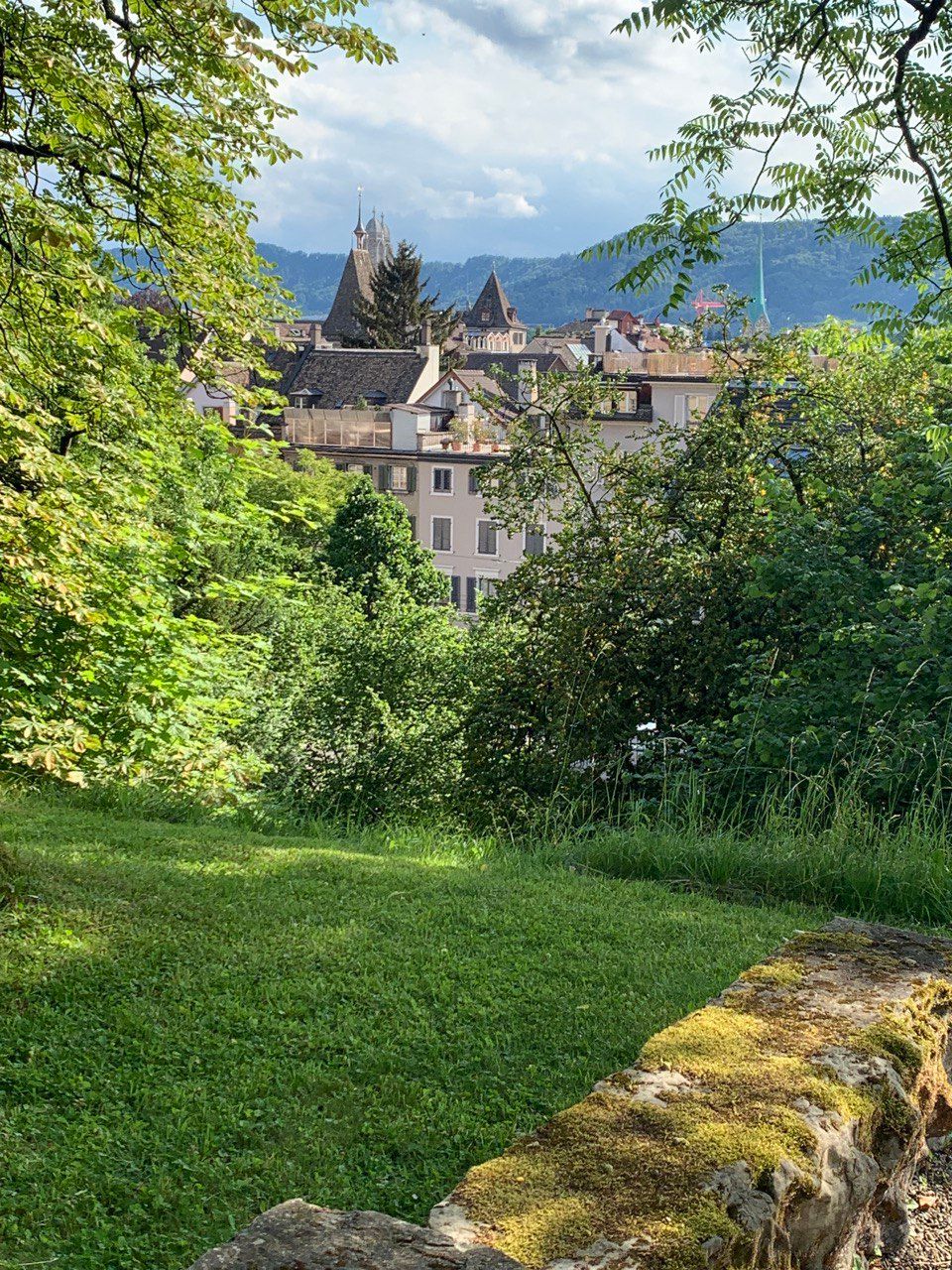
Gardenworld Politics
by Douglass Carmichael
I am very involved with a number of groups, individuals and institutions focused on climate change and the economy and politics that surround it. Some of you have read much of this because it is either from my blog at douglasscarmichael.substack.com or the draft of my book Gardenworld Politics, linked off that same page. But this is a good opportunity to share my evolving and always incomplete thinking. Here is a summary from one of the seminars.
Impossible to come to conclusions of what to do. For example, what would we want the heads (management teams) of the top five oil companies to do?
- Stop exploration
- Stop drilling
- Stop selling
- Stop selling off assets to smaller companies that will keep producing.
Are these plausible without dire secondary consequences?
So much writing about climate divides into two views:
1. Need to grow and climate is an investment opportunity.
2. Growth, on balance, needs energy which contributes to CO2 given current and near term, and maybe long term impossibilities. However clean a solar panel factory is (to say nothing of building the factory), simple things like trucking silicon puts CO2 into the atmosphere that will remain there for the near and mid term future. But we must cut CO2.
We looked at Fullerton, Pollin and Rifkin, and concluded that their approaches skim the surface and avoid dealing with the lack of implementation protocols of policies, leaving us empty handed for proposals as to what to do. “who will do what and when will they do it?”
Our politics looms large, mostly because it seems fraught. Combining, bringing together, political science and economics looks fruitful and kind of classical but daunting. The logic is that big problems (much bigger than ozone holes) require centralized government, but that means more authoritarian. Paradox.
Here are some recent posts from the blog.
2566. Beware and be thoughtful, even analytical
There are key words or phrases that are Trojan Horses for no change. For example,
- clean energy
- net-zero
require scrutiny by all of us.
hint: is natural gas (which is methane) clean (i.e. no co2) ?
What are the two terms in calculating net- zero?
2578. Democracy and climate change
The difficulty we face is a defining moment in history, maybe the defining moment for our species (and all species). We are mostly democratically inclined, but the needed approach (especially cutting co2, are not going to be popular because the the needed actions to cut co2 will (are) tearing apart most lives.
Well, well so we need a central command, a dictatorship. How the hell did we get here?
In wiser times there was an understanding (see the histories of Polybius, an ancient Greek historian) who built on the idea, widely held in Greece and Rome, that forms of governance are cyclical A to B to C, as in democracy to oligarchy to monarchy (or, in the negative, mobs, kleptocracy, tyranny), and that wisdom is seeing the need to alter the form of government as the key issues change. For example, democracy is good when the issue is internal, like distribution of income, but bad when the issue is external threat to which democracies would divide the state in factions.
Are we capable of such thinking? It is really difficult because we almost have no political thinkers. Western society, now imitated elsewhere, outsourced political thinking to economics which cannot get past investment and growth.
With a little hard thinking you can work out how this applies to our own time.
2581. No founding fathers to continue the conversation
The Declaration of Independence and the US Constitution report together by mostly self-selected men who wanted to create an alternative to dependency on the British monarchy. They did a terrific job and spent hours studying and I’m debating what could be learned from the history of republics and other forms of government.
But, when that government proves inadequate to our challenges we have nobody who can say “When in the course of human events it becomes necessary…” We are trying to titrate the current system And we have no idea how to craft a new one just as it is being a swamped by catastrophes. It looks to me as those smart people going to college for the last five decades or so did not study history or poetry or literature. Berthold Brecht wrote in the mouth of Galileo, “As a scientist I set a bad example. Now the best we can hope for is a race of inventive dwarfs for hire by anybody.”
The “anybody” turns out to be a coterie of billionaires seemingly prepared to declare their sovereignty over the earth. For us, it is a little like the New York Times crosswords which start simple on Monday and end very difficult by the weekend. In the past of our political economy, we have squandered the early days and are skidding around on the difficult clues from Saturday’s puzzle.
But there are clues and if we work hard we can figure this out.
Thank you for reading! Next edition will be published on 15 June 2022. Email Pete with suggested submissions by 14 June.
Love and Thanks to Our Contributors: Charles Blass, Douglass Carmichael, Ken Homer, Kevin Jones, Klaus Mager, Grace Rachmany, Jordan Sukut. Your contributions to BPD, and your dents in the universe, are very much appreciated.